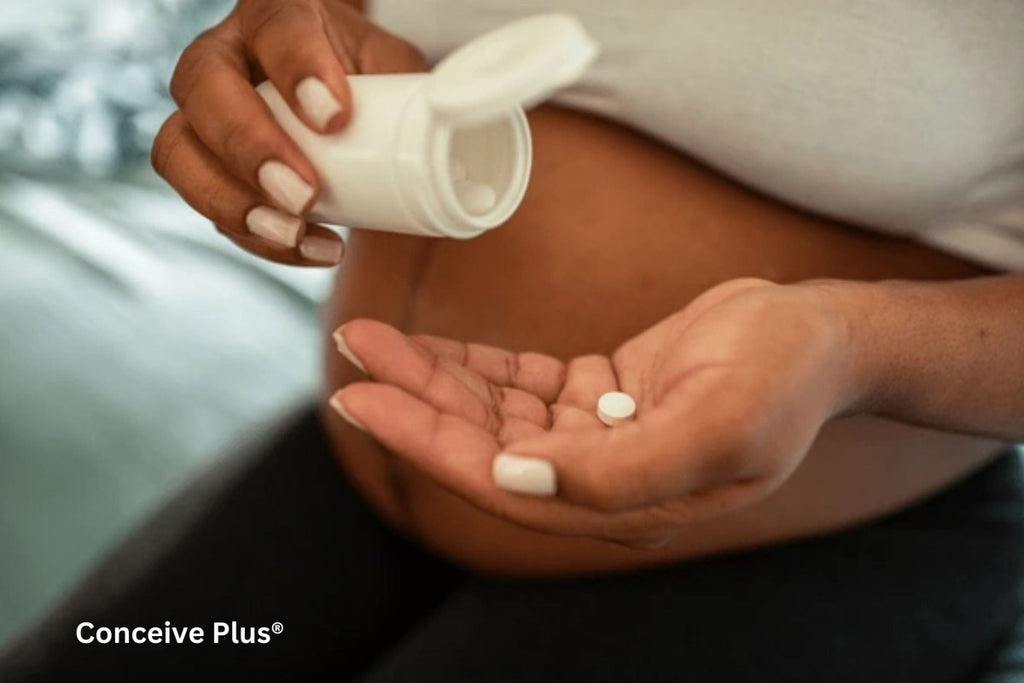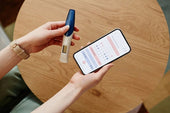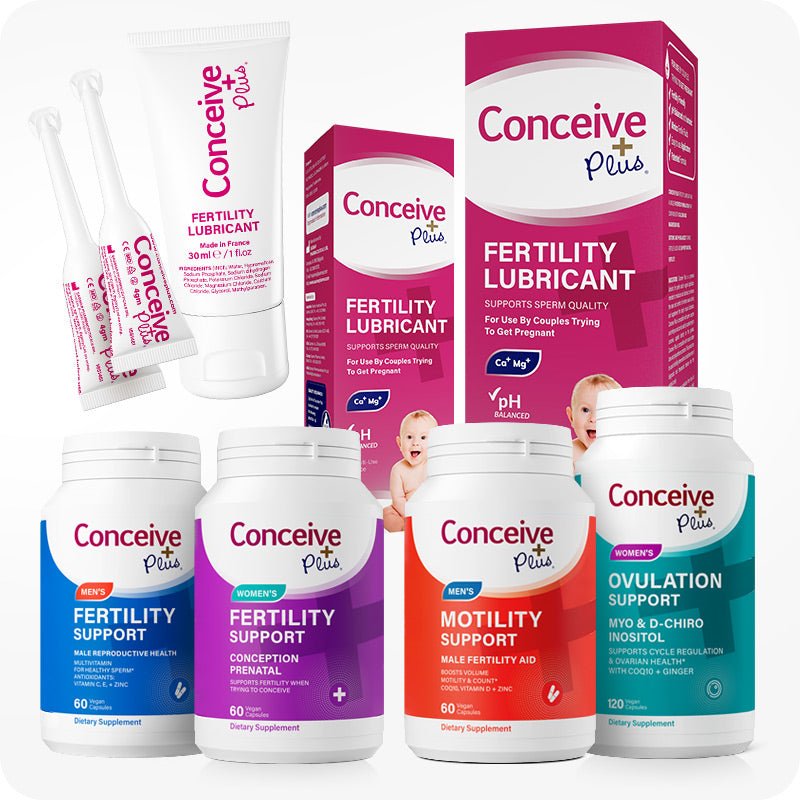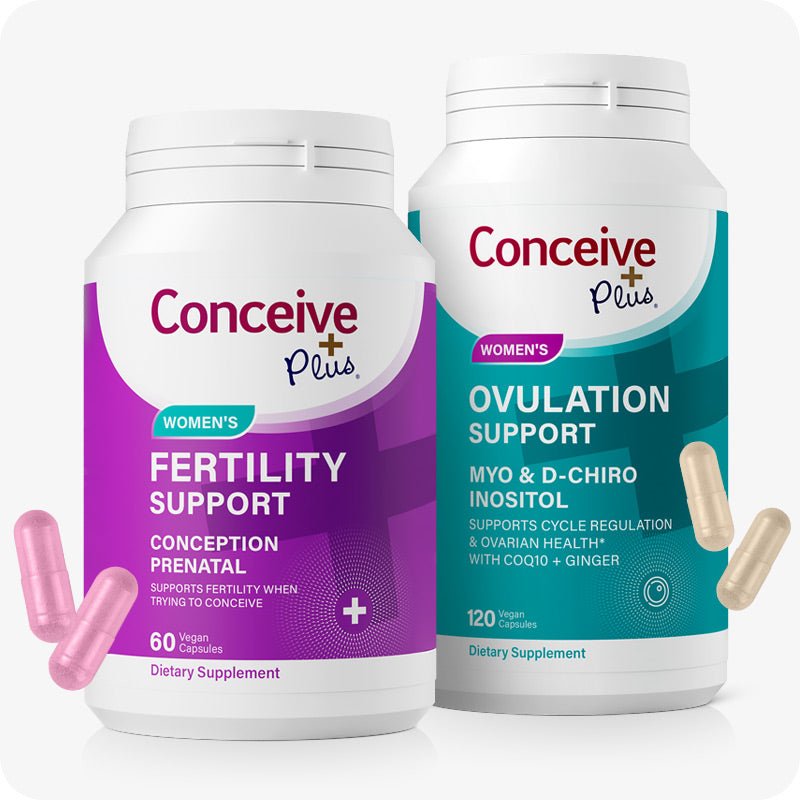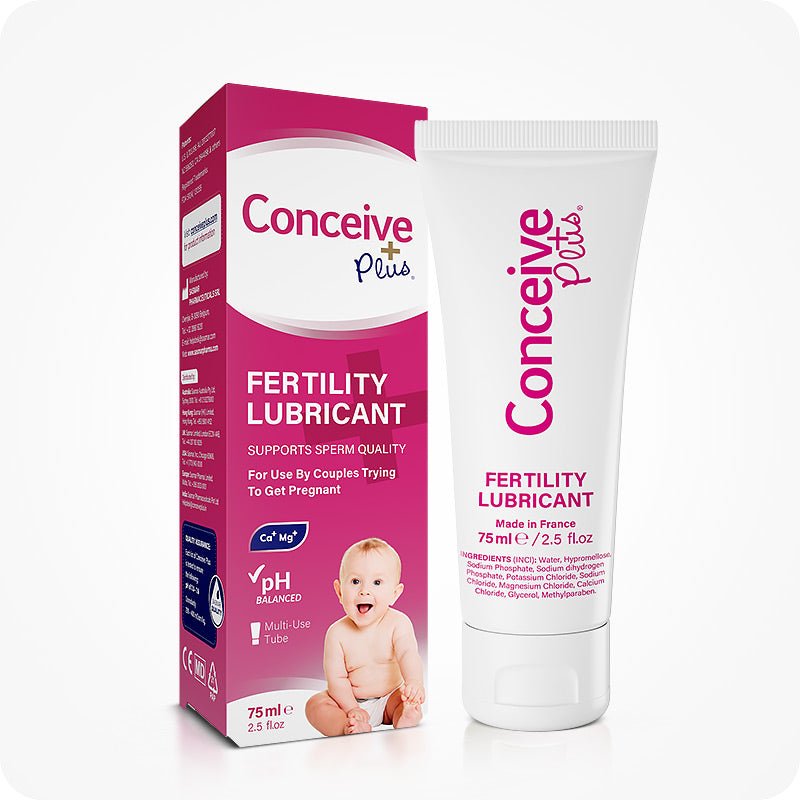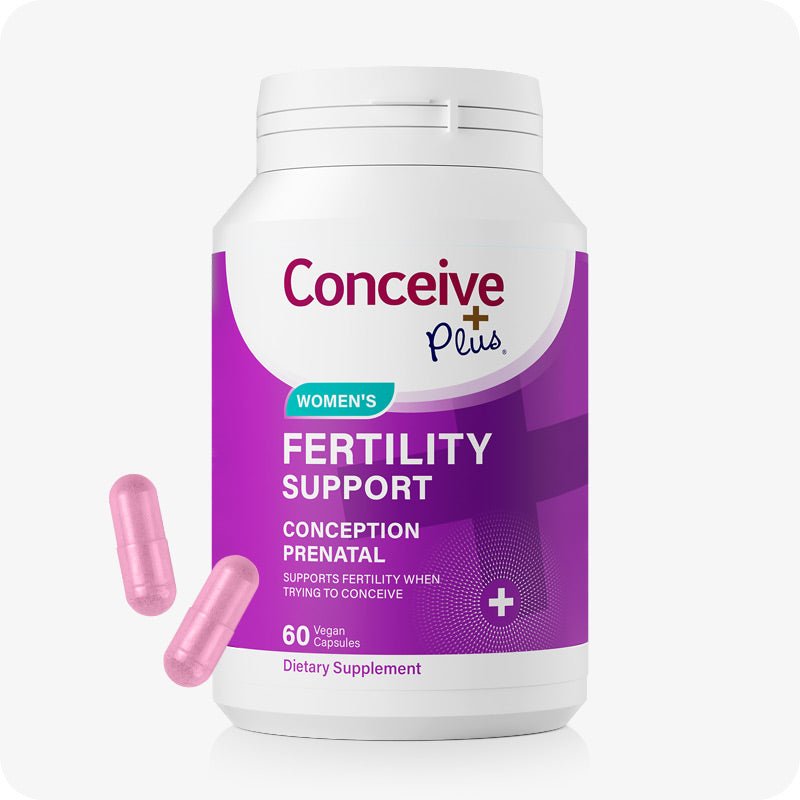Progesterone Level Day 21 If Pregnant Assessment
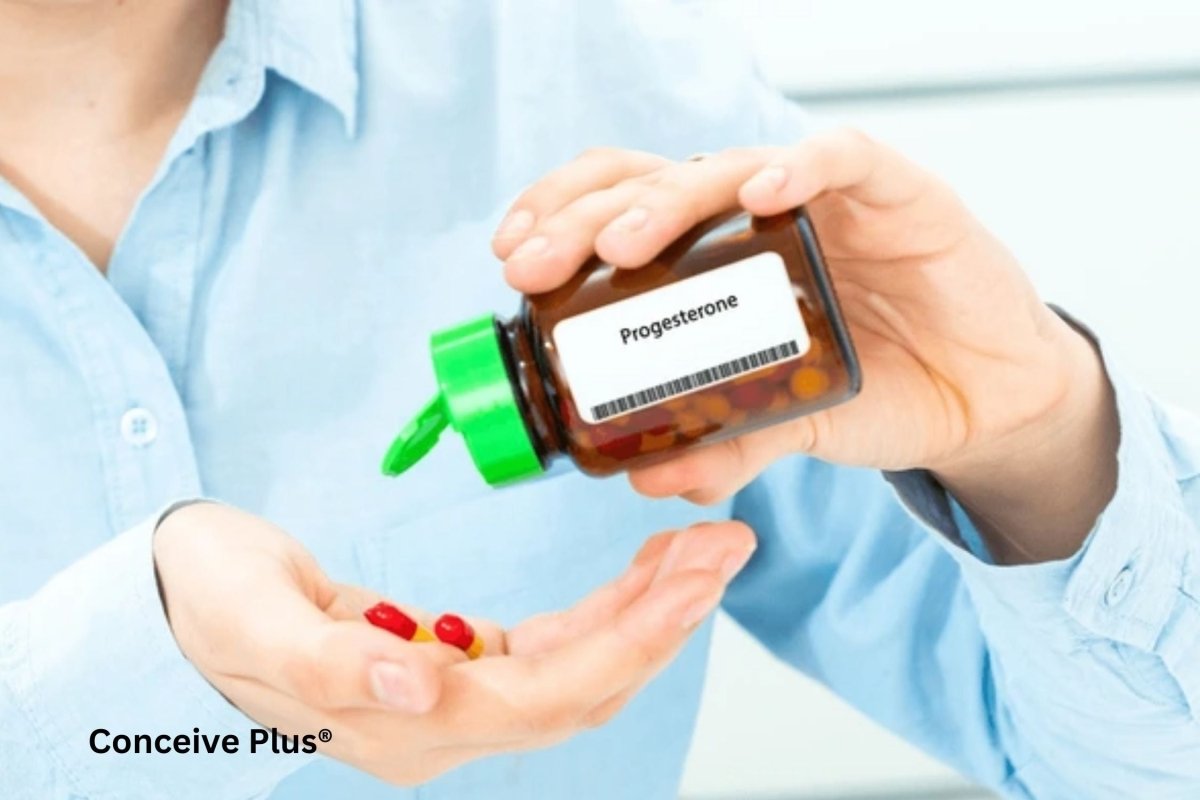
Progesterone is integral to reproductive health, influencing ovulation, conception, and early pregnancy maintenance. Its production escalates after the ovary releases an egg, helping prepare the uterine lining for possible embryo implantation. This hormone’s concentration is particularly meaningful a week or so after ovulation, often approximated as day 21 of cycle in a typical 28-day framework. Healthcare providers frequently reference a progesterone level day 21 if pregnant test or evaluation around cycle day 21 to see if ovulation occurred and whether conditions are favorable for pregnancy. Although not absolute for all women—those with longer or shorter cycles might need a different test date—this traditional timing offers a valuable snapshot of luteal phase progesterone levels. Modern fertility approaches emphasize careful hormonal monitoring to optimize conception chances and detect any inadequacies early. As research evolves, specialists are refining test guidelines to capture when does progesterone peak and confirm whether the reproductive system is functioning at its best. By focusing on this timeframe, couples seeking to conceive can gain vital information about their chances of success or the need for further medical interventions.
The Significance of Day 21 in a Typical Cycle
The menstrual cycle revolves around follicular development, egg release, and corpus luteum formation. This gland emerges after the follicle ruptures, secreting progesterone to stabilize the endometrial lining. When discussing 21 cycle day if pregnant concerns, many healthcare professionals presume ovulation occurred on day 14, with the subsequent week offering optimal hormone detection. If a person’s cycle is unpredictable, adjustments are required, but day 21 pregnancy checks remain a standard reference for potential embryo implantation. The normal progesterone levels day 21 can range widely, yet being too low might signal issues with ovulation or corpus luteum function. Researchers underscore the importance of identifying what progesterone level indicates ovulation or early pregnancy to guide fertility strategies. By capturing these data in a timely fashion, individuals and clinicians can ensure conditions are suitable for embryo attachment. Additionally, measuring progesterone levels ovulation markers around this juncture assists in clarifying whether hormonal therapy or additional fertility support is needed to boost implantation odds [1].
Understanding Luteal Phase Progesterone Levels
After an egg is released, the luteal phase begins. During this interval, progesterone rises swiftly, maintaining a nurturing uterine environment. If fertilization does not occur, levels drop, triggering menstruation. However, if conception happens, progesterone continues to climb, supporting the pregnancy. Identifying the ideal progesterone level for implantation has been an active area of research, with many experts suggesting that higher values support embryo survival. For couples tracking fertility signs, evaluating progesterone levels after ovulation if pregnant can detect whether the uterus is primed for embryonic development. In medical literature, what level of progesterone indicates ovulation is often placed around 5 ng/mL or greater, but ranges differ among clinics. Furthermore, hormone fluctuations can vary from cycle to cycle, so pinpointing the day 21 progesterone threshold provides significant insight into reproductive capacity. Beyond confirming successful ovulation, the measurement can help highlight risks of corpus luteum insufficiency, allowing for early intervention to maintain a viable pregnancy should fertilization occur [2].
Checking The Day 21 Progesterone Level
Healthcare practitioners often order a day 21 progesterone test to confirm that ovulation has taken place and to assess whether the endometrium is receptive to implantation. This practice is anchored in the premise that the corpus luteum’s progesterone production peaks roughly a week after the egg’s release. Physicians might interpret results using a day 21 progesterone level chart, which shows typical ranges for different phases of the cycle. Values above a certain cut-off commonly indicate ovulation has happened, while very low readings hint at possible anovulation or hormonal imbalances. For women who experience irregular cycles, the actual test day should align with seven days post-ovulation, instead of strictly “day 21.” By correlating these measurements with ultrasound findings or other blood tests, clinicians gain a holistic overview of reproductive status. A single test cannot conclusively diagnose all fertility problems, yet it can serve as a valuable starting point for more in-depth investigations. When repeated across multiple cycles, this test can reveal patterns that inform targeted fertility interventions [3].
Interpreting Results and Their Role in Fertility
Once day 21 progesterone level readings are available, clinicians use them to determine if additional therapies are needed. Low results suggest a lack of adequate hormone production, potentially undermining implantation. In such cases, supplements or treatments to enhance the level of progesterone for ovulation may be prescribed. Alternatively, strong readings can imply a robust luteal phase, offering reassurance that early pregnancy could be well-supported. While day 21 progesterone alone does not definitively state what progesterone level indicates pregnancy, higher values often coincide with a more favorable environment. Indeed, many fertility specialists measure complementary markers, such as human chorionic gonadotropin (hCG), to confirm pregnancy status. Nonetheless, the interplay between progesterone and endometrial health remains critical. If the measured hormone values are borderline, doctors may recommend additional measurements a few days apart to track trends or rule out premature corpus luteum failure. Over time, these efforts refine fertility care by illuminating the body’s hormonal rhythms.
Individualized Monitoring for Irregular Cycles
Some patients do not ovulate on day 14, so the concept of day 21 progesterone must be adapted. If ovulation occurs later, scheduling a blood draw exactly on day 21 of cycle could provide misleading results. In such scenarios, fertility experts may track luteinizing hormone (LH) surges or use ultrasound to identify the actual day of ovulation. Once confirmed, progesterone testing should be roughly a week afterward. This practice aligns with modern insights on progesterone levels after ovulation day by day, ensuring the right measurement window. Personalizing the test date is crucial for capturing accurate luteal phase values, especially in those with conditions like polycystic ovary syndrome (PCOS) or thyroid imbalances. By correlating results with the patient’s unique cycle patterns, clinicians can diagnose corpus luteum issues more effectively. Should repeated tests show insufficient hormone production, interventions ranging from supplements to lifestyle adjustments can be implemented. This flexible approach highlights the need to move beyond traditional guidelines for those whose reproductive timelines deviate from the textbook norm [4].
For those who are experiencing discomfort or have concerns about cramping, especially in early pregnancy, this article on cramping in early pregnancy offers valuable insights into the potential causes and when to seek medical help.
Supporting Healthy Implantation
Many fertility clinics pay close attention to day 21 progesterone level chart results when guiding patients through in vitro fertilization (IVF) or intrauterine insemination (IUI). Proper hormone balance is essential for embryo transfer success. If levels do not reach the ideal progesterone level for implantation, physicians might adjust medication regimens to ensure the uterus is adequately primed. People curious about progesterone levels after ovulation day by day appreciate how steady peaks can boost pregnancy likelihood. Maintaining stable concentrations can help the fertilized egg attach securely, reducing the risk of early miscarriage. Where readings remain low, doctors may suggest injections or suppositories to strengthen the endometrium. Though no single measurement can guarantee success, well-managed progesterone is a cornerstone of reproductive medicine.
In addition, fertility specialists often examine progesterone levels ovulation patterns to see if the corpus luteum is generating enough hormone. If values dip below the desired range, it may indicate inadequate support, prompting further investigations. Ensuring the correct level of progesterone for ovulation fosters both egg release and a receptive uterine lining, significantly raising implantation odds [5].
For those curious about the stages of pregnancy and the development of the fetus, this article on pregnancy trimesters provides an in-depth breakdown of what to expect week by week during each trimester.
The Bottom Line
Progesterone level day 21 if pregnant is frequently a pivotal indicator of whether the corpus luteum is producing sufficient hormone to sustain early embryonic development. Though it cannot confirm pregnancy outright, checking day 21 progesterone and interpreting those numbers in context is vital for anyone trying to conceive. By examining factors like normal progesterone levels day 21, identifying what progesterone level indicates ovulation, and tailoring tests to each patient’s unique cycle patterns, healthcare professionals can streamline fertility care. Advances in understanding progesterone levels ovulation and improved diagnostics now permit more precise interventions, from supplementation to procedural adjustments. These innovations underscore how crucial it is to measure this hormone at the correct time, ensuring the endometrium is receptive. Ultimately, leveraging the data from a day 21 progesterone level chart or other tracking tools benefits prospective parents by clarifying potential issues that may hinder pregnancy. In a field where timing is paramount, targeted hormone testing remains a key strategy for optimizing conception outcomes.
When providers monitor results over several cycles, they can better gauge how the corpus luteum adapts to changing conditions. This cumulative information can reveal whether specific interventions are working, or if deeper issues exist. Many aspiring parents find comfort in this approach, as it narrows the search for possible fertility obstacles. Ultimately, what progesterone level indicates pregnancy varies by individual, but maintaining robust hormone production during the luteal phase significantly boosts implantation chances. By aligning test schedules to each person’s ovulation and correcting any shortfalls swiftly, modern reproductive medicine highlights the importance of precision and flexibility on the path to parenthood. Adding further context, day 21 measurements help pinpoint crucial hormonal imbalances that might otherwise remain undetected, ensuring timely adjustments and a more confident journey toward successful conception. This method fosters improved fertility results and greater peace of mind.
References
- Thiyagarajan DK, Basit H, Jeanmonod R. Physiology, Menstrual Cycle. [Updated 2024 Sep 27]. In: StatPearls [Internet]. Treasure Island (FL): StatPearls Publishing; 2025 Jan-. Available from: https://www.ncbi.nlm.nih.gov/books/NBK500020/
- Cable JK, Grider MH. Physiology, Progesterone. [Updated 2023 May 1]. In: StatPearls [Internet]. Treasure Island (FL): StatPearls Publishing; 2025 Jan-. Available from: https://www.ncbi.nlm.nih.gov/books/NBK558960/
- Aydin T, Koroglu N, Albayrak N, Insel MA. Serial progesterone levels more accurately predict the time of ovulation in subfertile women: a prospective cohort study. J Assist Reprod Genet. 2023 Aug;40(8):1897-1903. doi: 10.1007/s10815-023-02864-2. Epub 2023 Jun 23. PMID: 37351803; PMCID: PMC10371972.
- Kolstad HA, Bonde JP, Hjøllund NH, Jensen TK, Henriksen TB, Ernst E, Giwercman A, Skakkebaek NE, Olsen J. Menstrual cycle pattern and fertility: a prospective follow-up study of pregnancy and early embryonal loss in 295 couples who were planning their first pregnancy. Fertil Steril. 1999 Mar;71(3):490-6. doi: 10.1016/s0015-0282(98)00474-9. PMID: 10065787.
- Wilcox AJ, Baird DD, Weinberg CR. Time of implantation of the conceptus and loss of pregnancy. N Engl J Med. 1999 Jun 10;340(23):1796-9. doi: 10.1056/NEJM199906103402304. PMID: 10362823.
Conceive Plus is the best place to buy myo-inositol online for the best myo-inositol supplements Conceive Plus Ovulation Support contains premium myo-inositol for sale. Order myo-inositol capsules online today to boost your ovulation and regulate hormones and menstrual cycles.




